SPAIN - from Europe to Africa, Klaus Metzger [best adventure books to read .txt] 📗

- Author: Klaus Metzger
Book online «SPAIN - from Europe to Africa, Klaus Metzger [best adventure books to read .txt] 📗». Author Klaus Metzger
The third day in Spain began again with a magnificent and extensive breakfast buffet (which of course was repeated until we left). Since we wanted to the center of Conil de la Frontera in fine weather, we used a minibus, which occurred at the hotel and took us to Conil. He frequented the circadian rhythm and the simple trip cost € 1. On the way I had to think about the rain I had experienced on the first day on the way back to the hotel.
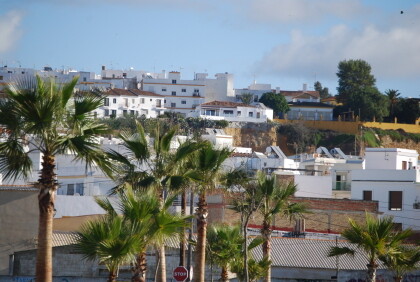
Conil de la Frontera
Conil de la Frontera has about 21,000 inhabitants. In the summer 80,000 tourists come to this. In the past people lived from fishing, where you specialize on the tuna hatte. In addition was still agriculture. Today Conil de la Frontera is very much international through tourism. How Cadiz also this place was founded by the Phoenicians around 1500 BC.
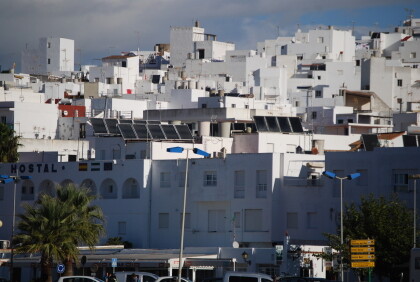
Conil de la Frontera
After we arrived by bus in the center, we wandered on foot towards the beach and got a very good impression from the long sandy beach (Playa de la Fontanilla and Playa de Los Bateles) and the white houses of Conil, which were arranged on a slope. Since we could also see the cliff above the beach house " Playa de La Fuente del Gallo" and the lighthouse " Faro de Roche " in the distance, the desire to wander once the entire route along the beach was . Unfortunately, this time it's because of the stormy weather did not come to do so. We will certainly continue to frequently travel to this beautiful area. With the minibus we drove back to the hotel.
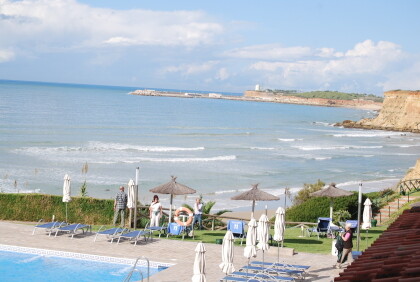
View from the balcony
This Saturday (20 October 2012) made me JUTTA a great joy: I am a regular reader of the ZEIT newspaper and I could last Thursday (the day of publication) not procure this weekly, as we are already flown around 5 clock of Hanover. Secretly she had now ordered the ZEIT in the hotel kiosk and surprised me on Saturday afternoon. In addition to their own, ordered magazines we sat on the balcony and enjoyed the magnificent view.
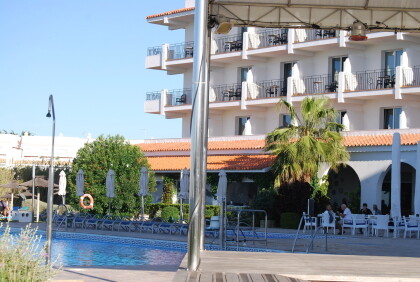
Seating
The Fourth Day (Sunday, October 21, 2012) did not load on activities, for the sky was overcast and it was raining in between. For the first time I visited the Super Mercado in the area who had opened from 10 clock. We love to sit outside - even if it's stormy neat. Therefore, we looked for a cozy place on the orange sofa under the covered terrace.
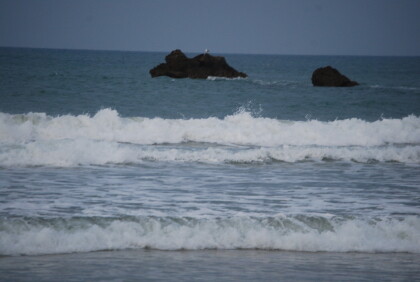
Stormy Sea
Later we retired to our room 129 on the first floor. Following an inner impulse, JUTTA checked my tablets and found surprisingly that she had at home not packed enough tablets for me (there had been a mix-up) . Since we had no doctor to order for a recipe to the hotel because of our planned trip the following day to Gibraltar on Monday, immediately a solution had to be found.
The staff at the front desk phoned because of a problem with the duty doctor of the clinic in Novo Sancti Petri and organized a taxi, which conceded, however, for a journey time of approximately 15 min 30 € . The doctor diagnosed the necessary recipe for free and gave us an hour pharmacy nearby. With a second taxi we went to the pharmacy (the drug cost € 6.50 ) and from there we went back to our hotel (and this taxi driver demanded 30 €) . With a considerable organizational effort and against some resistance (" Wait until Monday but ...") JUTTA was once again a feat managed and the financial cost could easily be get over.
TARIFA - the Moorish bridge head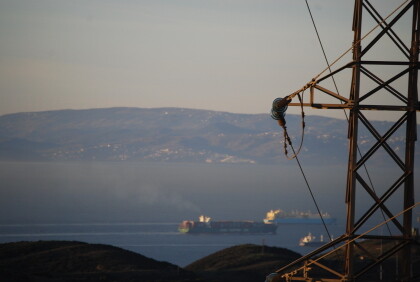
Vessel traffic in the Strait of Gibraltar
On the fifth day (Monday, October 22, 2012) was thus the Gibraltar trip planned which would have been almost because of drug problems. As in Cadiz trip we started again our bus tour at quite dull weather. But it cleared up quickly. It went in an easterly direction. After about 65 km on the N340 (E -5), we came to a lookout point above Tarifa 300 meters height. At Tarifa we could see the narrowest point between Europe and Africa (13.5 km) and of course take pictures.
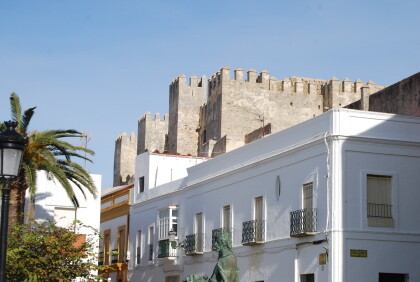
Moorish castle in Tarifa
Tarifa is located at the narrowest point of the Strait of Gibraltar. In Roman times it was already an important city with the name " Julia Traducta ". After the conquest by the Moors in 711, gave her the Berber leader Mr. Tariff Ibn Malluk its present name. We were told that in the old town still building would be found from the muslim period. Without leadership (our tour guide PACO was left at the harbor) was therefore our Altstadt-hike a bit helpless endeavor. We were therefore delighted when we found ourselves again on the way back to our hotel in Conil de la Frontera.
GIBRALTAR in British handsThen we drove to Gibraltar, about 50 km long. At the border crossing "Linea de Gibraltar " was a little wait, because first a Spanish and then a British customs officials checked the documents (as EC citizens could easily enter with identity card or passport) .
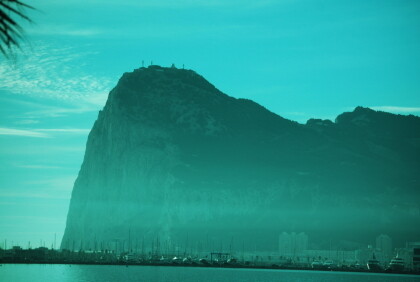
The Gibraltar Rock
Even the Phoenicians around 950 BC visited the rock, without settling there. The Greek philosopher Plato mentioned the " pillars of Hercules ", referring to Gibraltar Rock and Mount Jebel Musa (in present-day Morocco). Both mountains dominate the strait. The Arabs began in the 8th Century with the conquest of Spain. In 711, the Berber Tarik Ibn Zeyad landed from Morocco at the southern end of the rock to conquer the local Visigoth Empire, which extended to the Pyrenees.
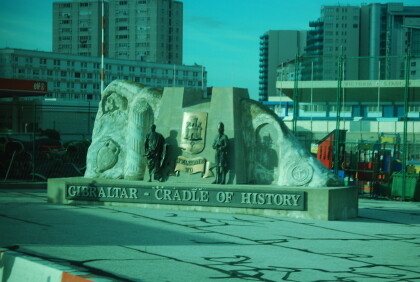
Monument at the airport
About six centuries remained Gibraltar (with a short break from 1309 to 1333) in Moorish hands. In 1462, Gibraltar has been freed from the Moors. During the Spanish War of Succession (1702 - 1713) there were long disputes and with the agreement of Utrecht, which ended the conflict, Gibraltar in 1713 the English crown "forever " is passed. 1727 and 1779 were besieging the Spaniards failed the rocks.

Cannon
During the 19th Gibraltar century developed into a fortress, which was considered impregnable. In both world wars, Gibraltar was the key in the fight against enemy submarines. During 2 World War II was evacuated for security reasons, much of the civilian population. After 16 years of isolation from the mainland in 1985 the border was re-opened as part of normal relation . Today, living in Gibraltar about 29,000 inhabitants.
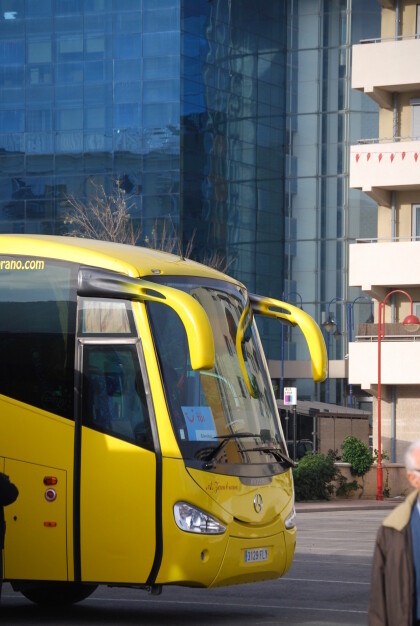
Our TUI bus on the Gibraltar Coach Terminus
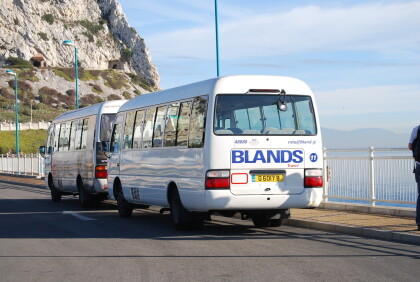
Our English minibuses at the southern tip
With our TUI bus we drove directly to the " Gibraltar Coach Terminus ". There, our group was divided into smaller mini-buses that went to different destinations (city tour, tunnel systems, dolphin safari). Another reason for the smaller buses were partly very narrow streets, which we had traveled on our tour. The explanations go a tape was played in German language.
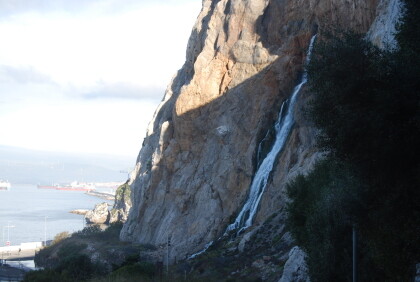
Waterfall
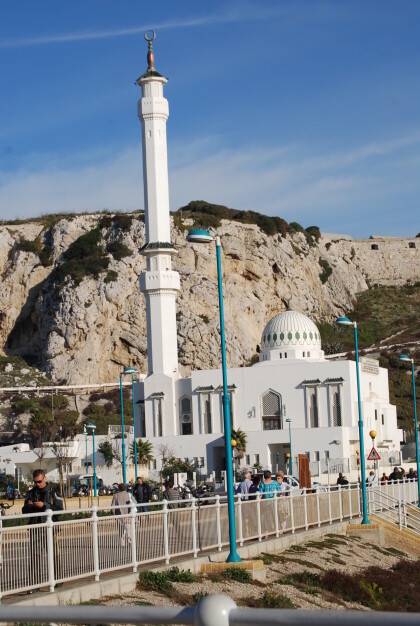
Mosque
First we drove to the southern tip of Gibraltar Rock (height 426 m) and were on the road past a small waterfall. At the first stop we were able to admire the new mosque. She was inaugurated in August 1997 after a construction period of two years (cost: 5 million pounds) . The mosque is a gift from the King Fahad Al -Saud of Saudi Arabia.
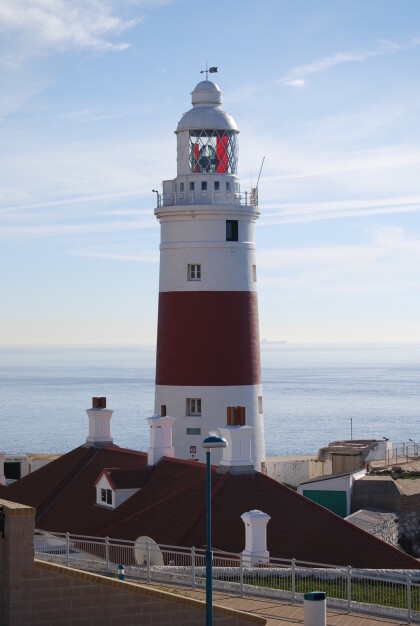
Lighthouse at Europa Point
Another attraction of the so-called Europoint is the imposing lighthouse, the construction of which the first August was started in 1841. At the Lighthouse technical improvements have been made continuously. So you replaced the 1905 oil burner by electric light. 1954, the tower is increased by about 2 m, in order to improve the quality of the main light.
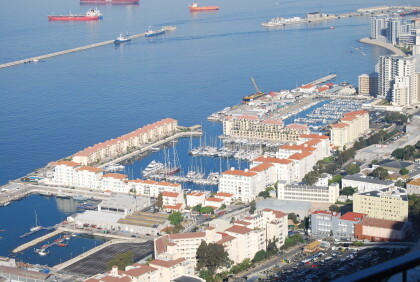
Port facilities

Aircraft in landing approach
After this visit we went by minibus towards the peaks. On our way we had a beautiful view of the harbor installations of Gibraltar. It was just an airplane landing at the airport of Gibraltar. Halfway up we stopped to visit the St. Michael's Cave. As a reception committee greeted us hoards of wild monkeys. They left us in peace again only when we were in the cave. At the output is repeated the spectacle.
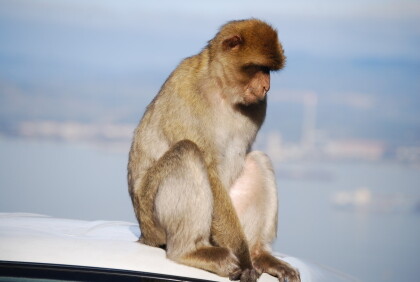
The monkey from reception team
How the monkeys came on the rocks? It is clear that the monkeys come from Morocco. There is a theory that states that the monkeys from the time come when Africa and Europe were still connected. There are, however, no evidence. Maybe the monkeys have been introduced by the Moors? It is also claimed that the monkeys were brought by the British as pets and are then neglected. On the rock great moment 250 monkeys around.
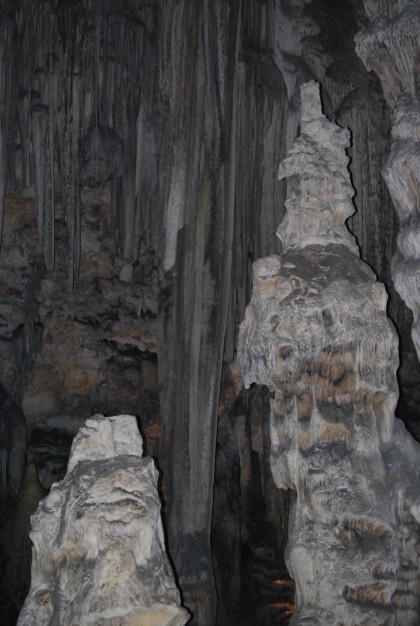
St. Michael's Cave
St. Michael's Cave in Gibraltar Rock consists of interesting stalactites and stalagmites. 1848 a goatherd was looking for one of his animals and stumbled across a decomposed body. It was John Langley. His murderer was never found. During World War II was in the cave an emergency hospital. Today the cave is occasionally used with its wonderful acoustics for concerts and shows.
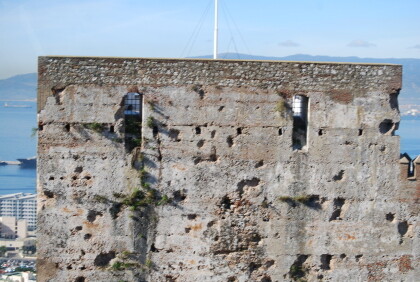
The Moorish Castle
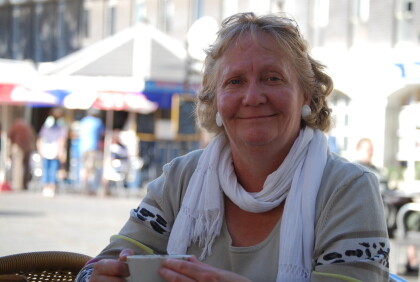
JUTTA at Casemates Square
On the way down to the City center we drove past the Moorish castle. This tower dates from the early 14th Century and has numerous bullet holes from the many sieges. Since we have some free time until the next program point, the dolphin safari, had yet, we placed a coffee break in the " Casemates Square " one. There the main road begins (a popular shopping street). By the way, we could choose to pay in sterling or euros.
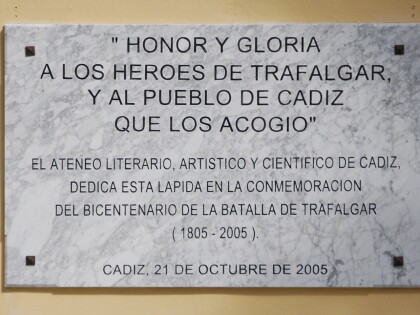
Spanish plaque in Cadiz
At this point I want a famous English personality, Lord Nelson, deal . He has won the battle of Trafalgar (1805 ) - but it lost his life. The Port of Gibraltar had an important meaning, because there his damaged ship "Victory" was brought to the battle to be repaired initially . The Cap de Trafalgar is located very close near the village of Canos de Meca.
Already in Cadiz I discovered a memory plate of the Spaniard at this famous battle. Gibraltar is a " Trafalgar Cemetery ". There is annually on the Sunday before 21 October reminiscent of



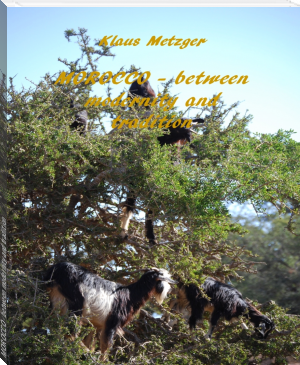
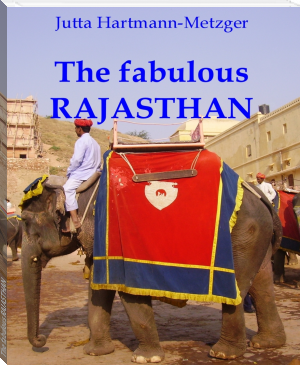
Comments (0)